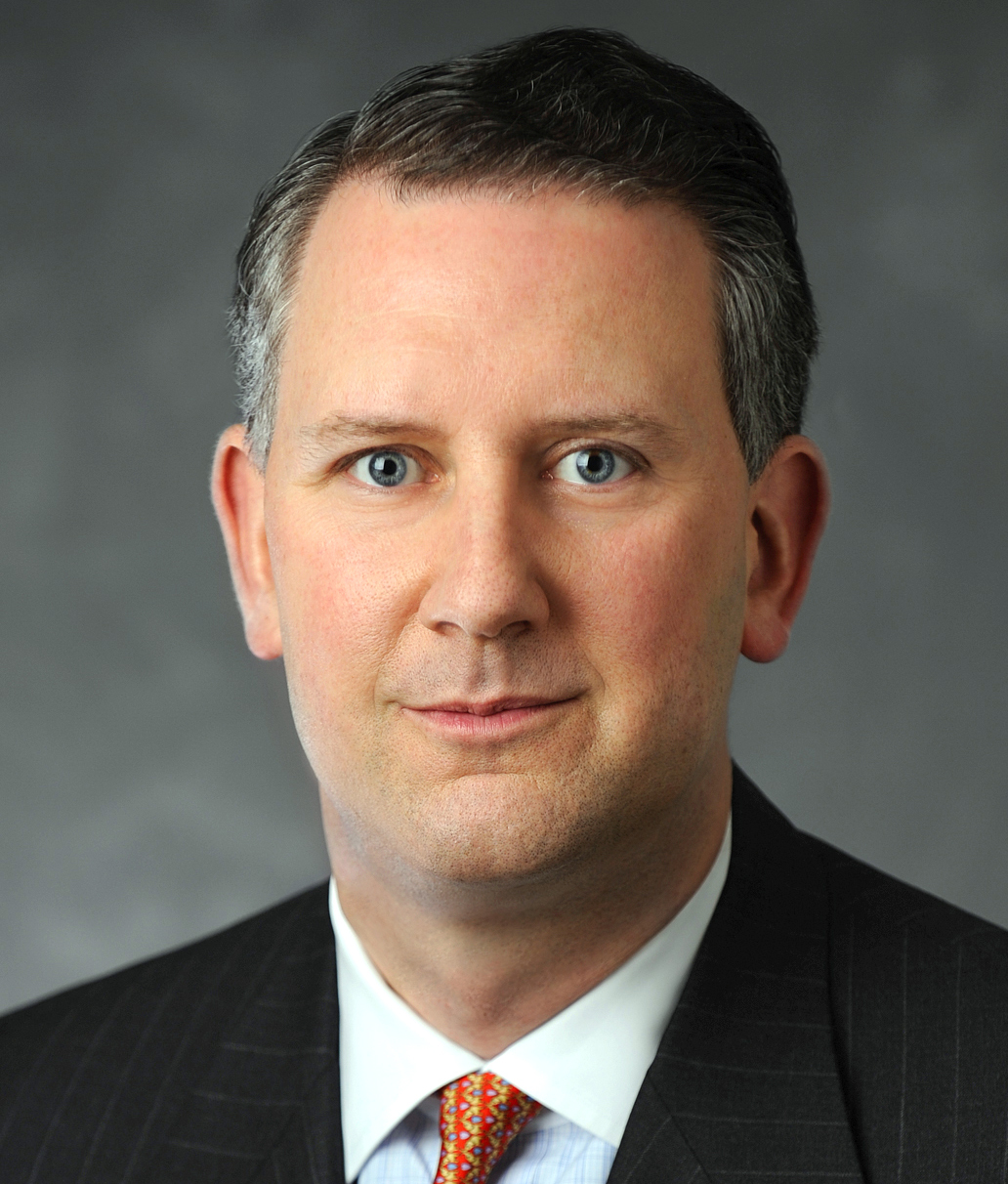The horrific events of September 11, 2001 fundamentally altered the insurance industry in a multitude of ways.
To examine those changes, we asked carrier executives, catastrophe modelers and five top risk managers to explain in their own words how the coverage landscape has been transformed in the wake of the attacks.
Click "next" to read their responses.
 Peter Zaffino
Peter Zaffino
President and CEO
Marsh Inc., a member of Marsh & McLennan Cos.
Marsh & McLennan suffered a grievous loss in the tragedy on the morning of Sept. 11, 2001. Of approximately 2,000 colleagues and consultants working in or visiting our offices in the Twin Towers, more than 350 perished. It’s a void that will never be completely filled.
Recommended For You
Want to continue reading?
Become a Free PropertyCasualty360 Digital Reader
Your access to unlimited PropertyCasualty360 content isn’t changing.
Once you are an ALM digital member, you’ll receive:
- Breaking insurance news and analysis, on-site and via our newsletters and custom alerts
- Weekly Insurance Speak podcast featuring exclusive interviews with industry leaders
- Educational webcasts, white papers, and ebooks from industry thought leaders
- Critical converage of the employee benefits and financial advisory markets on our other ALM sites, BenefitsPRO and ThinkAdvisor
Already have an account? Sign In Now
© 2025 ALM Global, LLC, All Rights Reserved. Request academic re-use from www.copyright.com. All other uses, submit a request to [email protected]. For more information visit Asset & Logo Licensing.








